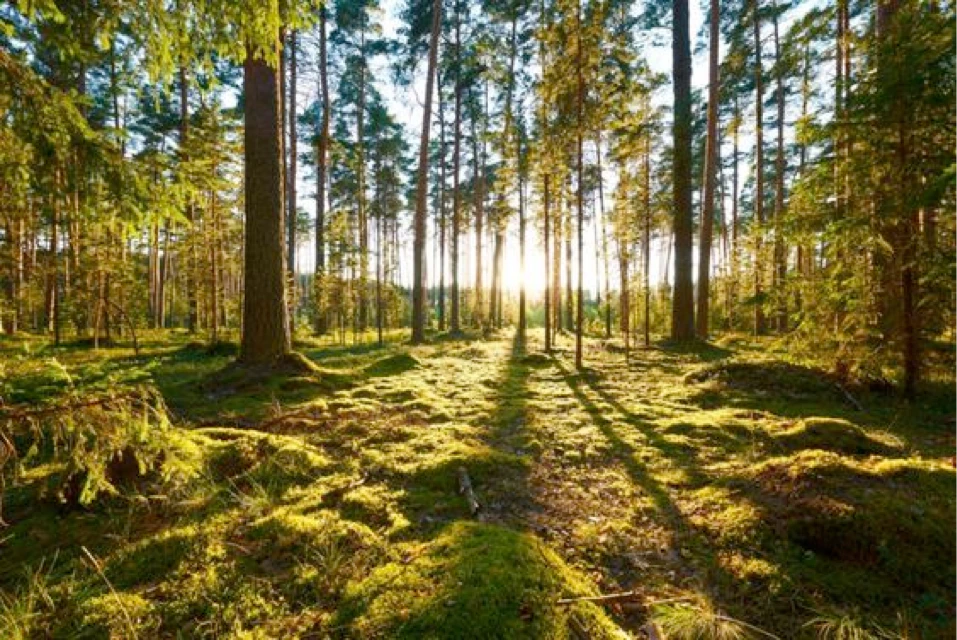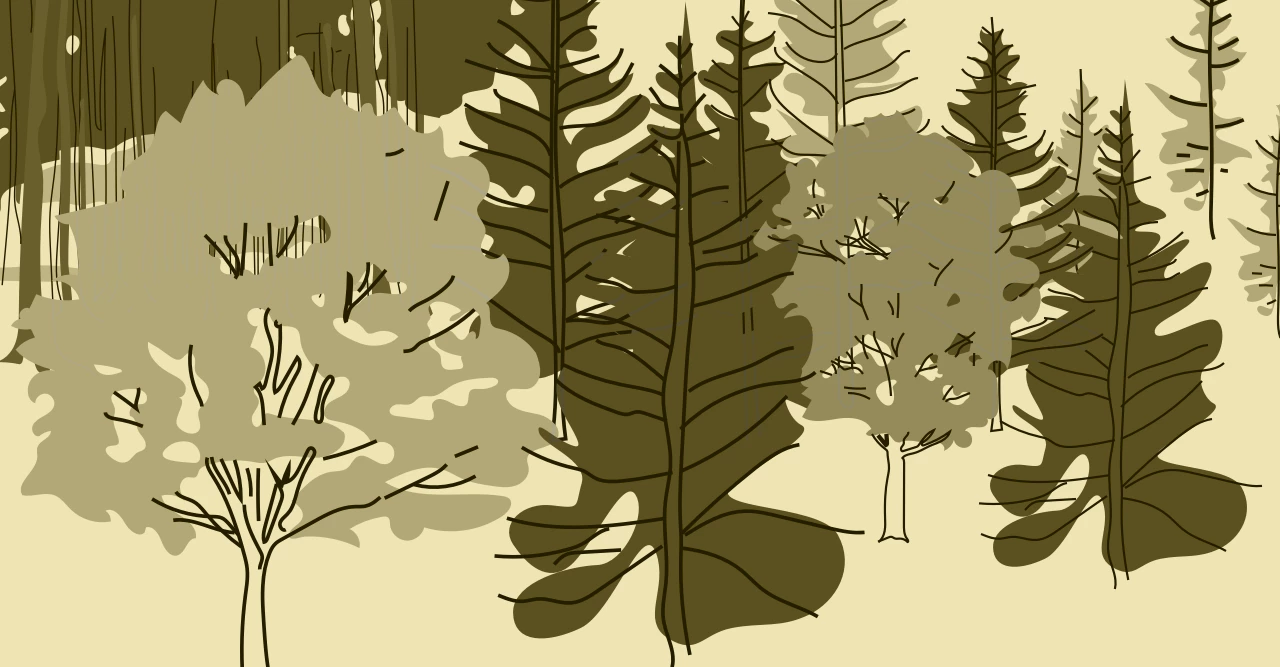Guidelines for the Development of Upscaling Plans
1. What is an upscaling route map?

A route-map for upscaling forest restoration is a document that identifies and explores the potential for wider application of the learning from a pilot or demo project.
The route map should form a key input for a wider regional or national forest restoration plan or programme. It serves as an important mechanism to transfer knowledge from projects that are limited in extent or time to larger plans. It should be written from the perspective of those running the demo or pilot and so provides valuable ‘bottom-up’ insights for those developing and implementing policies from the top-down. The rest of this guideline explains how to develop a route-map: a series of guiding questions, things to consider and tools to use. We have developed a simple template, available as an interactive web form, to use for capturing the outcome of the process and communicating it to others. However, it is important that whatever document you develop meets the requirements of your project and is adapted to meet the needs of your key audience.
[Five examples of upscaling route-maps from SUPERB demo-sites; to be added]
Related resources
Upscaling restoration of forests and forest landscapes in Sweden
This publication focuses on the Swedish Case Study within the EU Horizon SUPERB Project which is located in the Vindelälven-Juhttátahkka Biosphere Reserve. The project's focus is on restoration, which contributes to strengthening the ecological functionality of forests and forest landscapes, including biodiversity.
Upscaling Route Map - NRW Germany demonstration area
This document provides a reflection and analysis of barriers and enablers to the reforestation of bark beetle calamity areas in NRW. Barriers are identified across political, economic, social, technical and environmental dimensions, drawing on insights gained from the establishment of demonstration sites in collaboration with seven associate partners across various forest ownership types.
Upscaling Plan for the Scottish Demo Forest
The Scottish demo area, located in the Queen Elizabeth Forest Park, is a forest managed by Forest and Land Scotland. It primarily consists of non-native plantation forests and has evolved from focusing on timber production to multi-functional management that emphasises biodiversity, ecosystem services and recreational opportunities. This includes restoration of riparian zones, species diversity and measures to combat ecological pressures such as invasive species and deer browsing.
Upscaling route-map - Croatian & Serbian border river floodplain demonstration area
Based on the SUPERB cross-border demo area in riparian forests of Serbia and Croatia, the guidance highlights how site-level work, such as converting vulnerable poplar monocultures into diverse native forests (with species like pedunculate oak), can contribute to long-term ecological goals, including climate adaptation, biodiversity conservation and improved ecosystem services like flood regulation and carbon storage.
Upscaling plan, route-map for upscaling Spanish demo
The publication addresses the three interconnected problems of rural abandonment, forest fires and brown bear habitats (including their connectivity) in the Spanish El Bierzo Demo area. The plan upscaling plan proposes a multi-stakeholder approach, combining silvicultural treatments, habitat restoration, community involvement and policy alignment. It aims at leveraging EU and regional funding (e.g., EAFRD, LIFE Programme) and aligning with the EU Nature Restoration Law.


